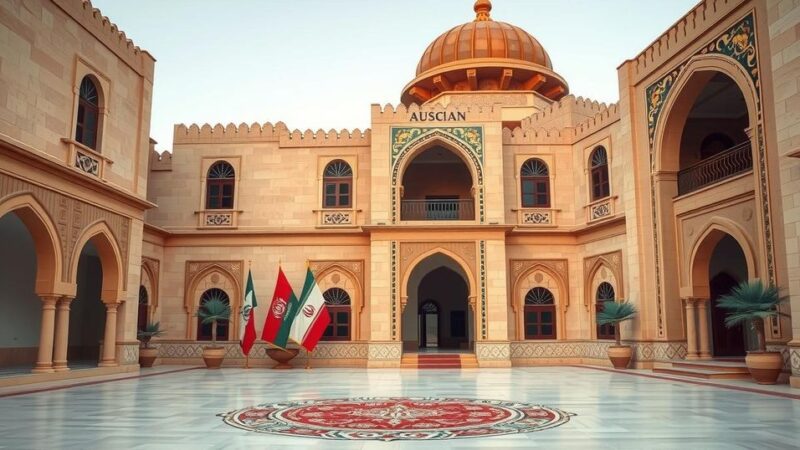Recent events in Syria have led to the overthrow of Bashar Al Assad’s regime, spurred by rebel forces making significant gains. After commanding success in capturing several cities, including Damascus, HTS has declared Syria free from Assad. Prime Minister Jalali has expressed readiness to cooperate with the opposition, while reports suggest Assad may have fled. Celebrations erupted among the populace as the regime appears to be collapsing.
The ongoing conflict in Syria has reached a significant and unexpected transformation, culminating in the toppling of the Bashar Al Assad regime. Hayat Tahrir Al Sham (HTS) has recently proclaimed Syria free from Assad’s rule, marking a pivotal moment in a civil war that has persisted since 2011. Earlier this week, the situation escalated when rebel forces made substantial advancements, overtaking several major cities, including Daraa, Quneitra, Suwayda, and Homs, culminating in their arrival in Damascus.
Initially, the Syrian Civil War commenced as part of the wider Arab Spring movement that aimed to overthrow oppressive regimes across the region. Although President Assad’s government faced significant challenges in the conflict’s early years, they secured a stronger position after receiving military support from Russia and Iran. However, as the dynamics shifted with ongoing engagements in other conflicts, the Syrian Army found itself poorly equipped to counter the latest offensive by the opposition forces.
The rebels, spearheaded by HTS and the Free Syrian Army, achieved a landmark victory by capturing Aleppo last week, sparking their march toward the capital. In a swift and coordinated effort, the rebel fighters seized control of Saydnaya prison, liberating political prisoners held by the Assad administration.
As the opposition forces entered Damascus, Prime Minister Mohammad Jalali announced the government’s readiness to work alongside the opposition and urged citizens to refrain from damaging public infrastructure. Reports indicate that President Assad may have fled the country shortly before the rebels’ arrival, with conflicting accounts about his exact fate. Celebrations erupted across the capital as HTS declared victory, instructing their fighters to safeguard government property, and signs of jubilation included the destruction of statues commemorating the Assad dynasty.
The Syrian Civil War initiated in March 2011, ignited by protests urging for democratic reforms and an end to Assad’s autocratic rule. These protests, which were part of the broader Arab Spring, faced severe government repression, prompting armed resistance. Over the years, the conflict evolved into a multi-faceted war involving various factions, including extremist groups and foreign powers supporting differing sides. Despite its prolonged duration, recent developments suggest an unprecedented shift in power dynamics, leading to significant territorial changes.
In conclusion, the developments in Syria represent a critical turning point in the ongoing civil war. The swift advance of rebel forces, marked by their recent successes in overtaking key cities and the capital, highlights both a shift in military momentum and the fragile state of Assad’s regime. With the prime minister expressing willingness to cooperate with opposition forces and the status of Assad now uncertain, the future of Syria remains precarious as the country navigates this new chapter in its tumultuous history.
Original Source: www.hindustantimes.com





